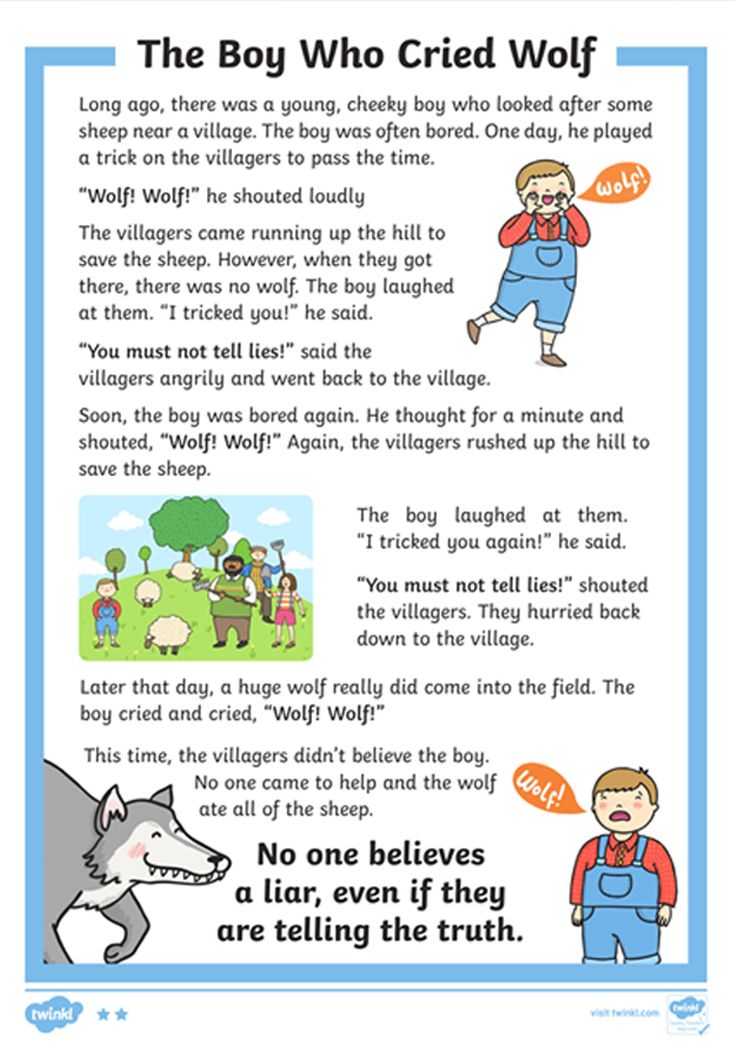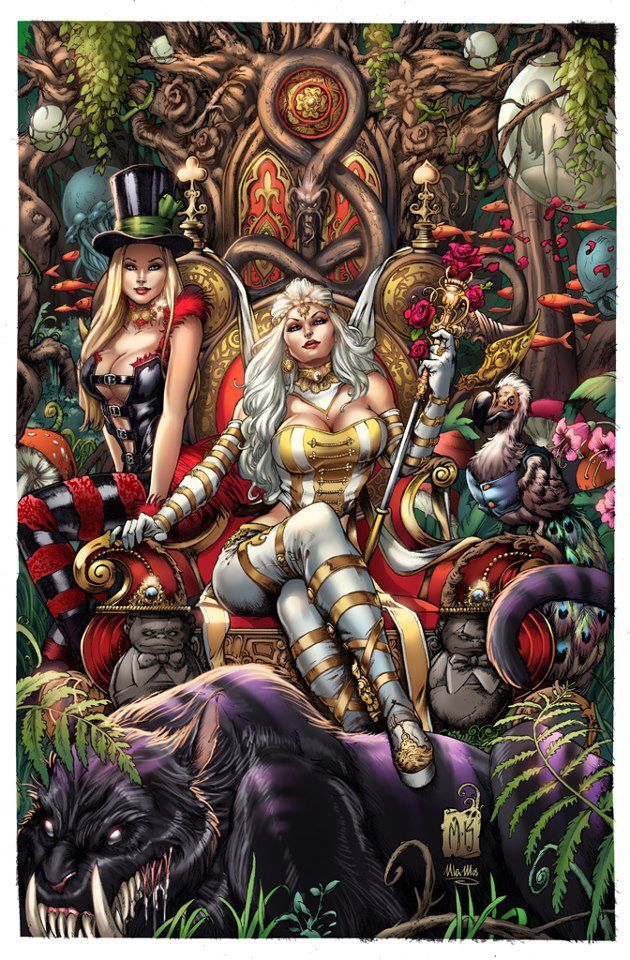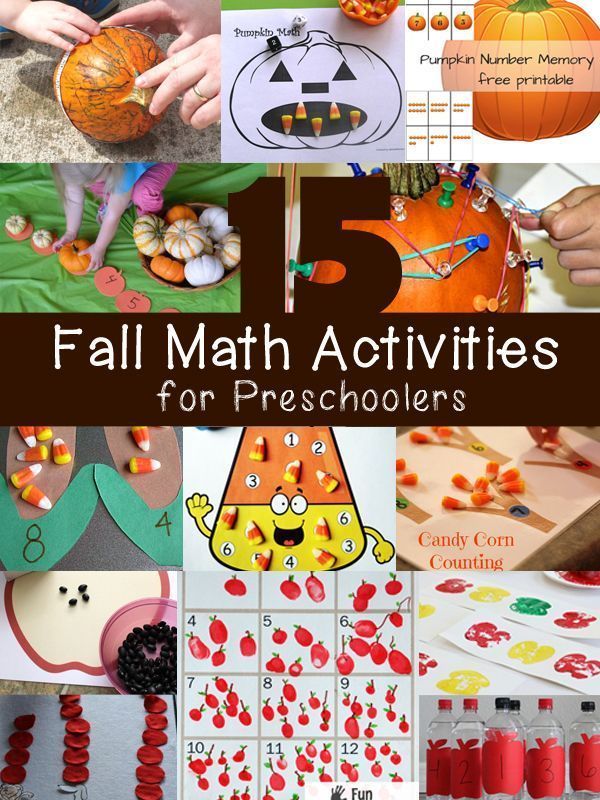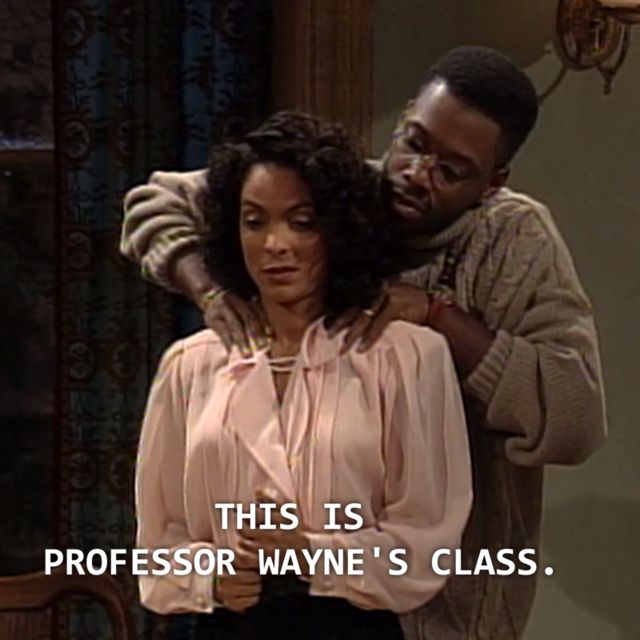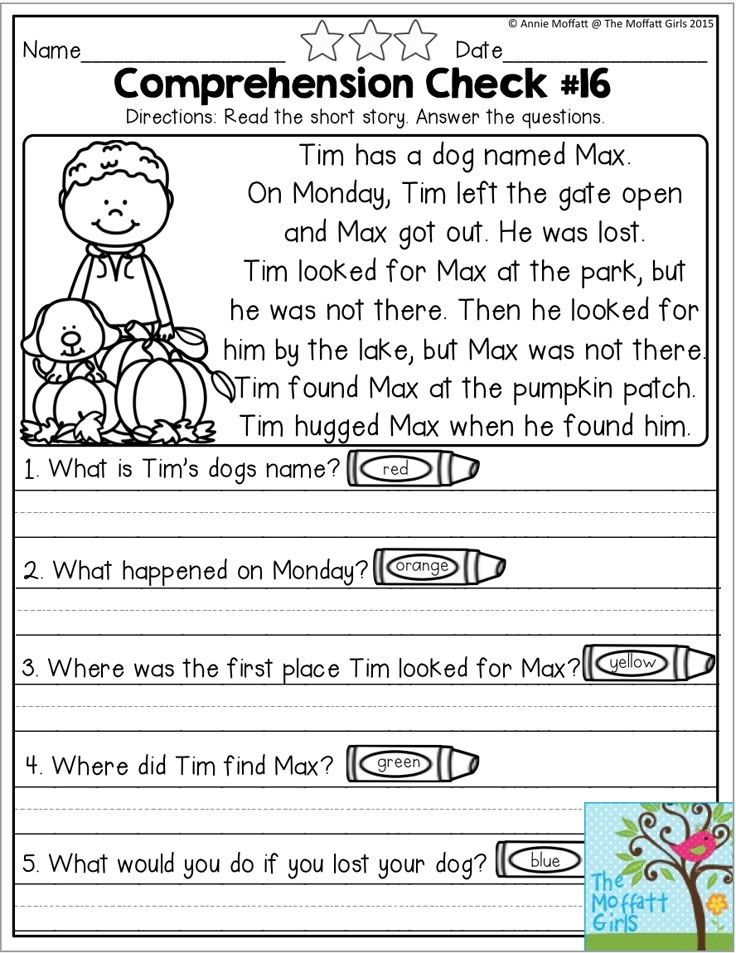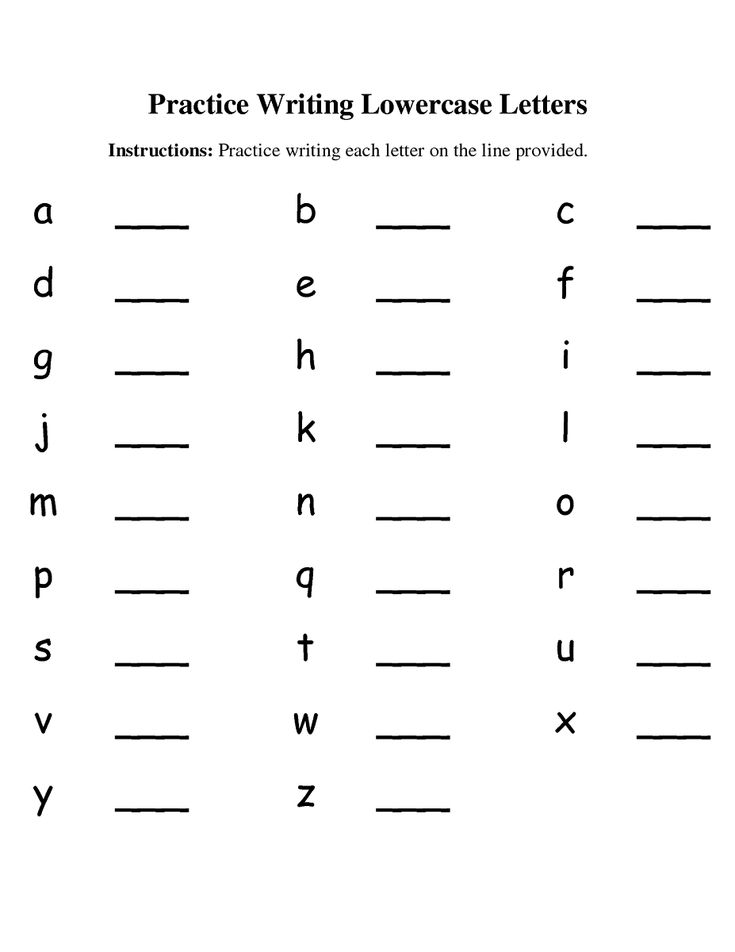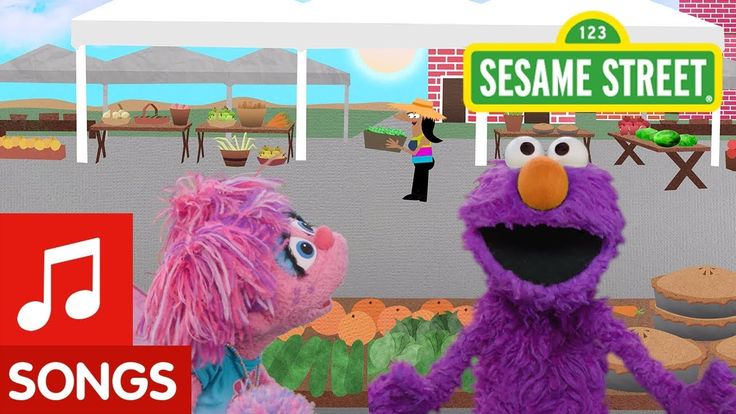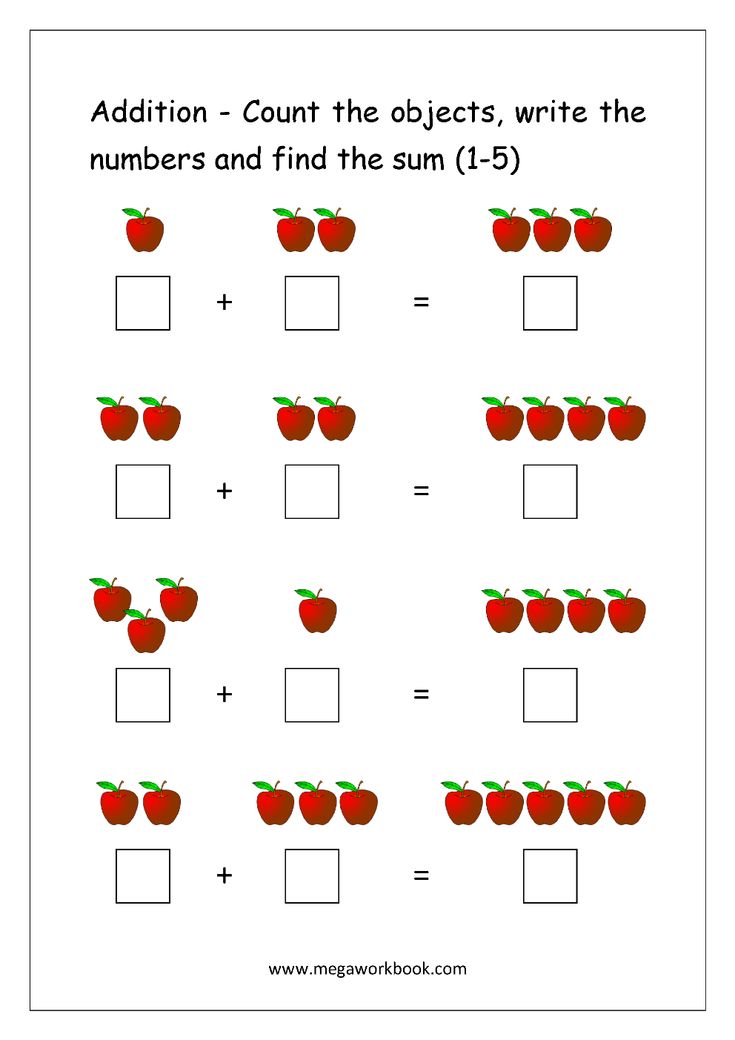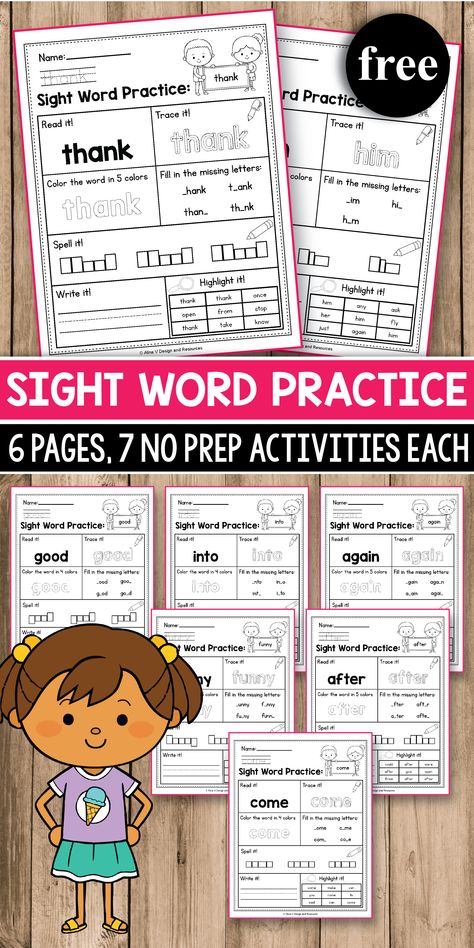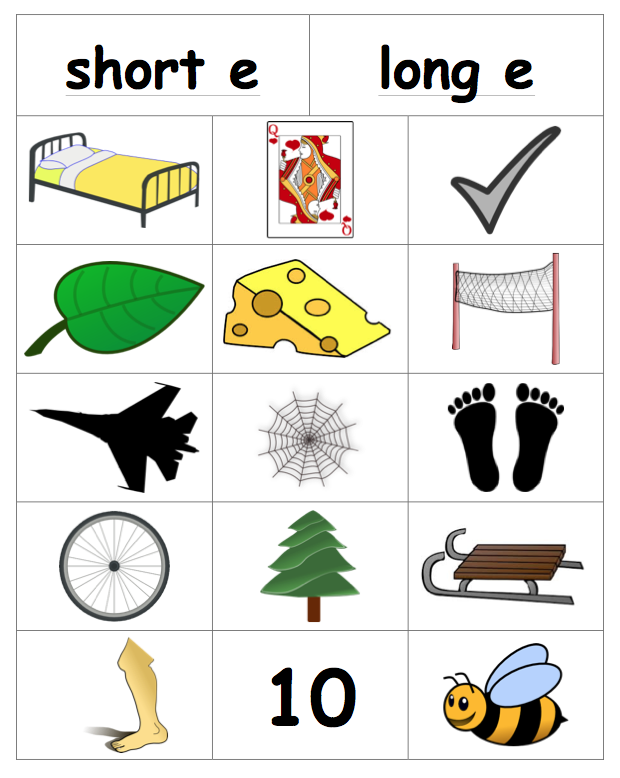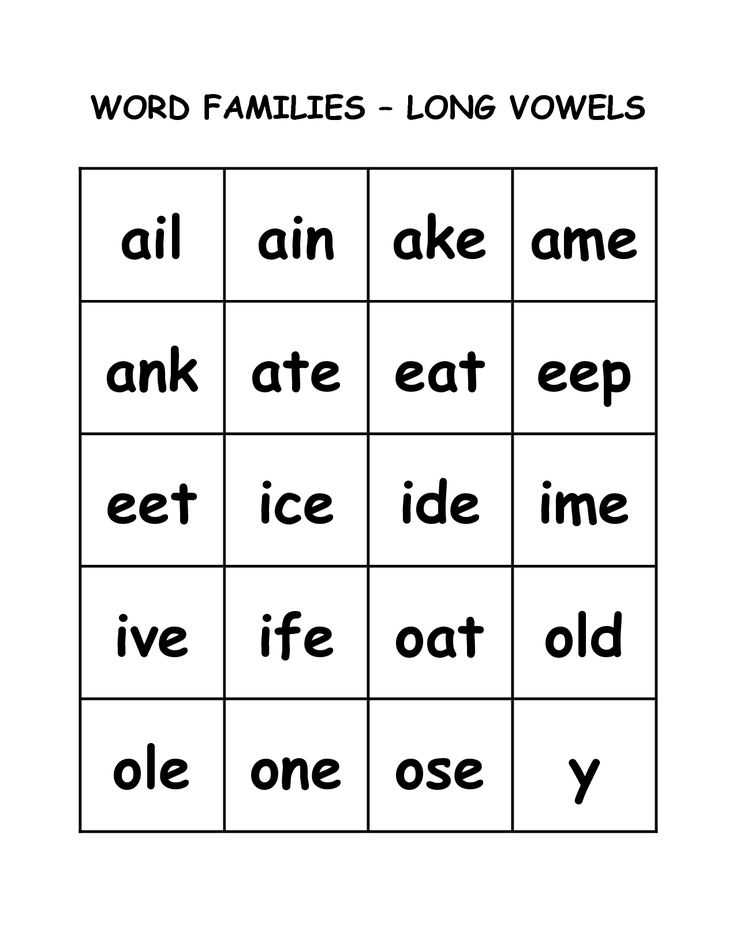Kids reading stories
Stories for Kids
Scroll
Stories for Kids Ages 3-5
Stories For Kids Ages 5-8
Stories For Kids Ages 8-10
Middle Grade Novels
Rhyming Stories For Kids
Non-Rhyming Stories For Kids
To Read Our Kids Stories in Six Different Languages, Simply Click the Flag in the Bottom Right.
Featured Stories
For those spending time at home, looking for a cozy adventure or bedtime story for kids, we offer this imaginative rhyming picture book, read by the author, Daniel Errico. Follow the Marmabill on her quest through the rainforest, where she meets fantastical creatures like wugs, tankadiggies, and flying fluthers. As her journey takes her from treetops to glowing underground caves, the Marmabill finds out for herself the true meaning of home.
Remember, our stories for kids are here for you to read at any time. And remember, Dream Big!
Gemma is a middle grade novel that follows a curious explorer and her ring-tailed lemur, Milo, as they hunt for the “most greatest treasure in the world”. Solving riddles, battling a bell-wearing jaguar, and traveling the Eight Seas, Gemma’s adventures take her from a young girl to a brave captain, whose only limits are the stars.
While drawing in class at Stagwood School, 12-year old Cal sees a frog staring at him through the window. Stranger than that, is the fact that this frog happens to be wearing glasses.
Cal and his best friend, Soy, learn that the frog (who prefers the name Deli) has sought them out for a reason. When a school administrator named Ream reveals himself to be a dragon, the boys discover that fairytales are real, and that there is magic afoot in Stagwood.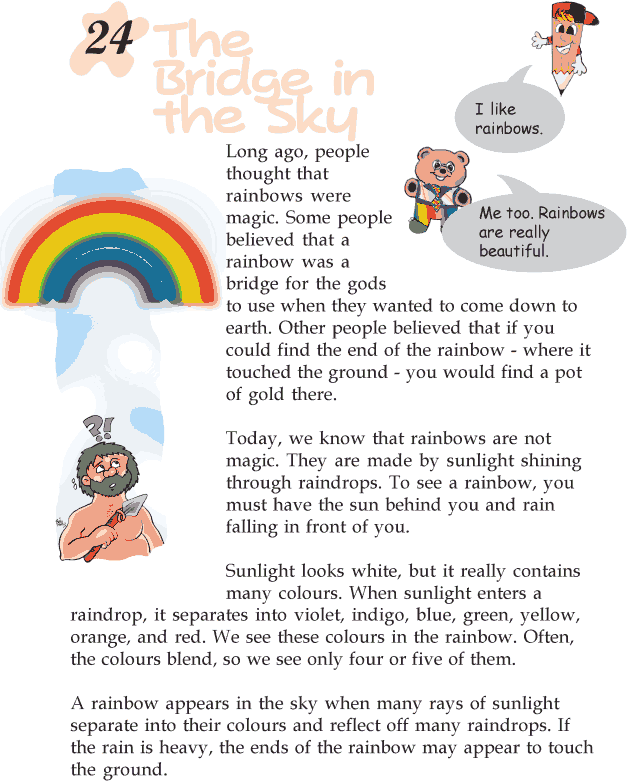 With Ream on their tail, the trio must unearth a powerful tool protected by riddles and rile (the magic that fuels nightmares) to save the fate of all fairytales past. But, before Cal can defeat Ream, he has to deal with Soy's knack for arguing with magical creatures, discover the truth about Deli's identity, and earn his place as the hero of the story. The Guardians of Lore is a middle grade novel that centers around two life-long friends, infusing humor and fantasy-based riddles into a modern fairytale.
With Ream on their tail, the trio must unearth a powerful tool protected by riddles and rile (the magic that fuels nightmares) to save the fate of all fairytales past. But, before Cal can defeat Ream, he has to deal with Soy's knack for arguing with magical creatures, discover the truth about Deli's identity, and earn his place as the hero of the story. The Guardians of Lore is a middle grade novel that centers around two life-long friends, infusing humor and fantasy-based riddles into a modern fairytale.
This quirky tale is about our most infamous character of all. If you don’t have a soufflé-baking, trumpet-blaring, sleigh-riding friend, then maybe it’s time that you met Ms. McKay. Told as a monorhyme poem. “Say what you will or say what you may, you’ll remember the day that you met Ms. McKay…”
Mr.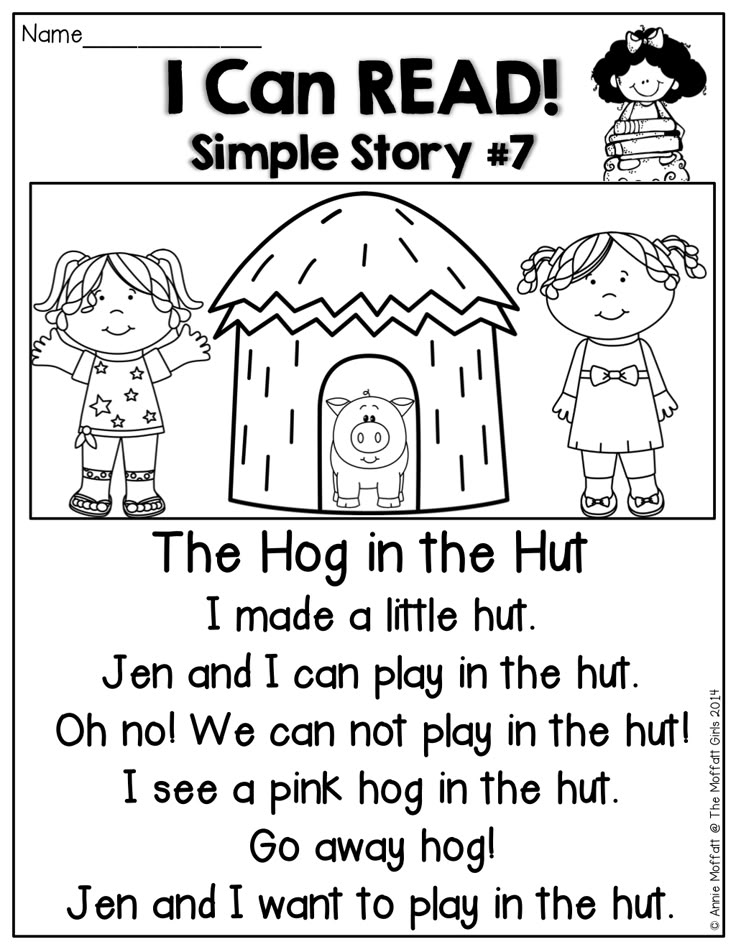 McKay is a most mischievous fellow. His hair and eyes have been known to change color with the seasons. If you ever feel a warm breeze on a very cold winter day, be sure to keep your coat on, because it may be Mr. McKay playing his trick! A light-hearted, rhyming bedtime story about keeping your coat on when it’s awfully cold outside.
McKay is a most mischievous fellow. His hair and eyes have been known to change color with the seasons. If you ever feel a warm breeze on a very cold winter day, be sure to keep your coat on, because it may be Mr. McKay playing his trick! A light-hearted, rhyming bedtime story about keeping your coat on when it’s awfully cold outside.
Ages 3-8, Narrated, Read Along
Explore the ocean floor and discover the location of Orangebeard's Treasure in this series of adventure stories for kids! Each location that you visit under the sea reveals a unique story from the gnarble. Piece together the clues with reading comprehension and reasoning skills to solve the mystery!
The Journey of the Noble Gnarble is a number one best-selling ebook that has been adapted into a hardcover book and play.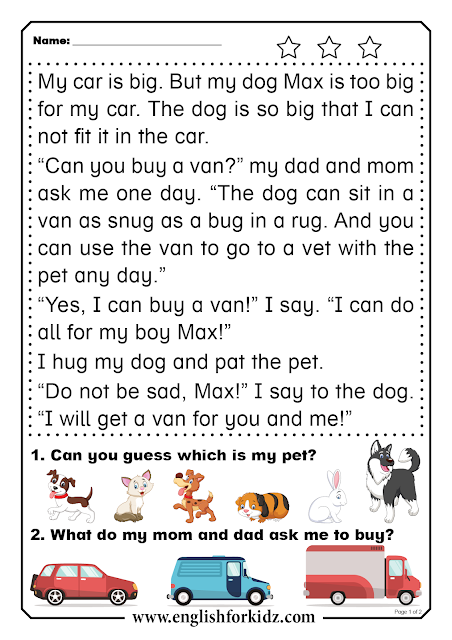 Through rhyming verse and engaging illustrations, the Noble Gnarble teaches kids about perseverance and determination in the face of obstacles. Dream Big!
Through rhyming verse and engaging illustrations, the Noble Gnarble teaches kids about perseverance and determination in the face of obstacles. Dream Big!
Ages 3-5, Narrated, Read Along
One of our most popular children’s stories, this is the tale of a group of robots winding down for the night. The Robot Bedtime Book is a playful bedtime story that encourages interaction, imagination, and a fun bedtime routine.
FREECHILDRENSTORIES.COM PROVIDES BEST-SELLING CHILDREN’S STORIES FOR KIDS OF ALL AGES FOR FREE. READ MORE ABOUT US HERE!Follow Us for New ONLINE Stories For Kids
Youtube
Stories for Kids: Kids Stories
Knights, dragons, and princesses are the things all good fairytales are made of, but what happens when the tale has an LGBTQ ending? Follow Cedric on his journey from his days on a humble pumpkin farm to the adventures that lead him to become a full-fledged knight.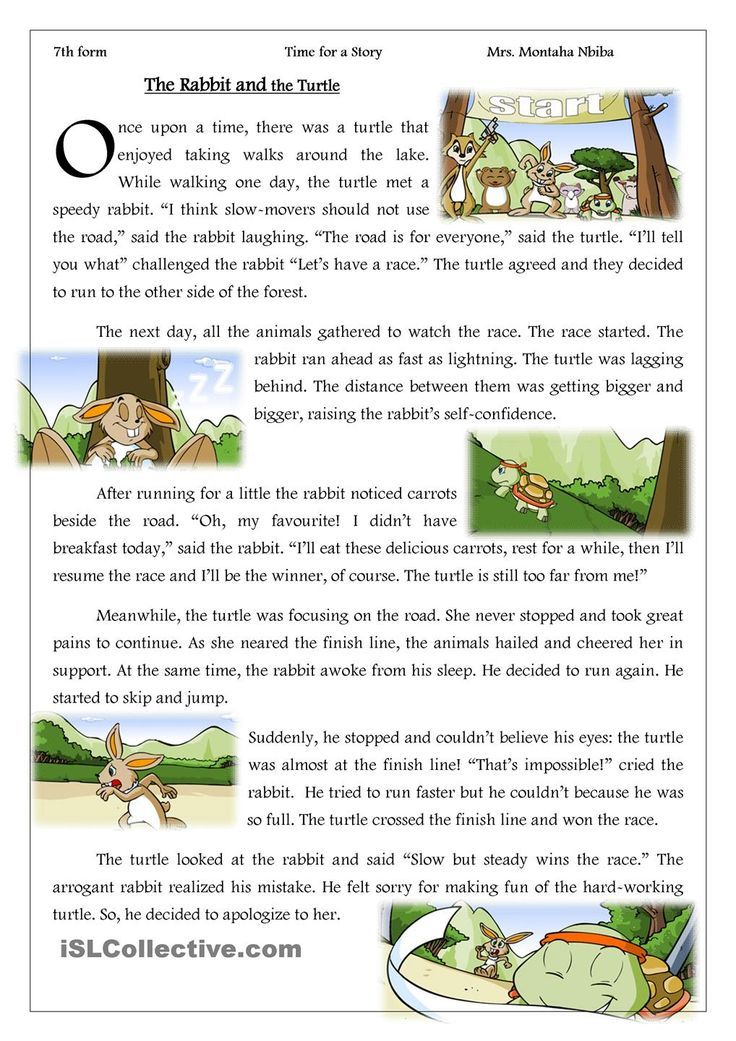 Once a knight, discover how he uses his cleverness and courage to vanquish a fire-breathing dragon and rescue a beautiful prince and princess. It is only then does Sir Cedric face his most difficult challenge. Will he follow his heart, and prove that sometimes the bravest thing you can do is choose for yourself how your fairy tale ends?
Once a knight, discover how he uses his cleverness and courage to vanquish a fire-breathing dragon and rescue a beautiful prince and princess. It is only then does Sir Cedric face his most difficult challenge. Will he follow his heart, and prove that sometimes the bravest thing you can do is choose for yourself how your fairy tale ends?
The following link is to Amazon.com, and not meant for children or persons under the age of 18.
The Bravest Knight Who Ever Lived
By Daniel Errico
Buy on Amazon
The gnarble wants nothing more than to swim up above the waters to see the blue sky, but gnarbles don't have flappers like blyfish do, and gnarbles don't even have koggers like the swimming gungaloo! But though gnarbles never swim so high, this particular gnarble is determined to see the sunlit sky.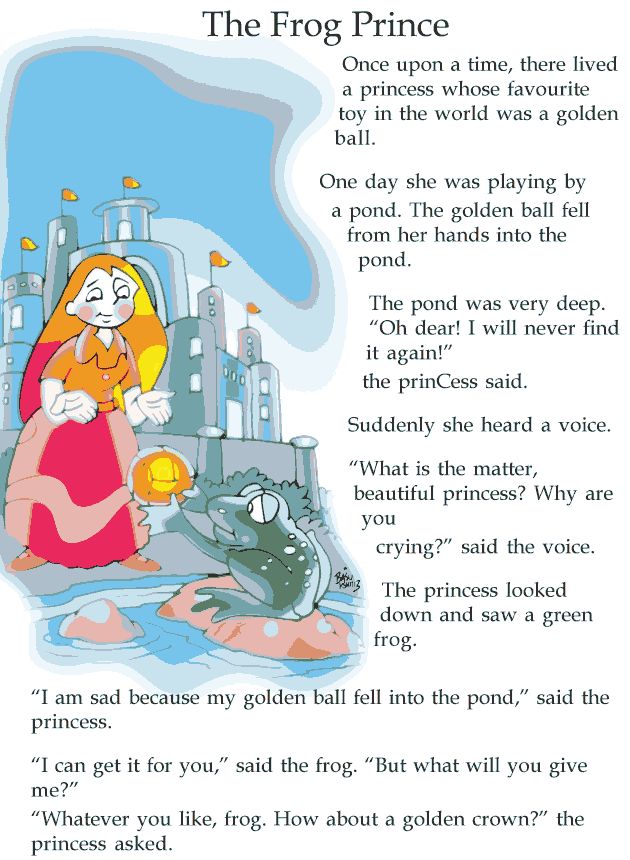 He swims past spongy gishy-gosh and feeding fipple-fosh, but who would think the little gnarble could pass the hungry warckel, subbaubble, and—most dangerous of all—the evil plink?!
He swims past spongy gishy-gosh and feeding fipple-fosh, but who would think the little gnarble could pass the hungry warckel, subbaubble, and—most dangerous of all—the evil plink?!
Daniel Errico's charming nonsense rhymes and Tiffany Turrill's vivid, expressive iillustrations combine beautifully in this entertaining story of a little fish on a big mission. Kids will giggle aloud at crazy creatures with names like gishy-gosh and glimmy glins; parents will love snuggling up with their children to read about the little gnarble's escapades in this wacky world of silly sea creatures. Join the little gnarble on his unforgettable journey from the ocean floor to the shining sun!
The following link is to Amazon.com, and not meant for children or persons under the age of 18.
The Journey of the Noble Gnarble
By Daniel Errico
Buy on Amazon
When a buldabeast steals a marmabill's home, she is forced to venture out to find a new nest.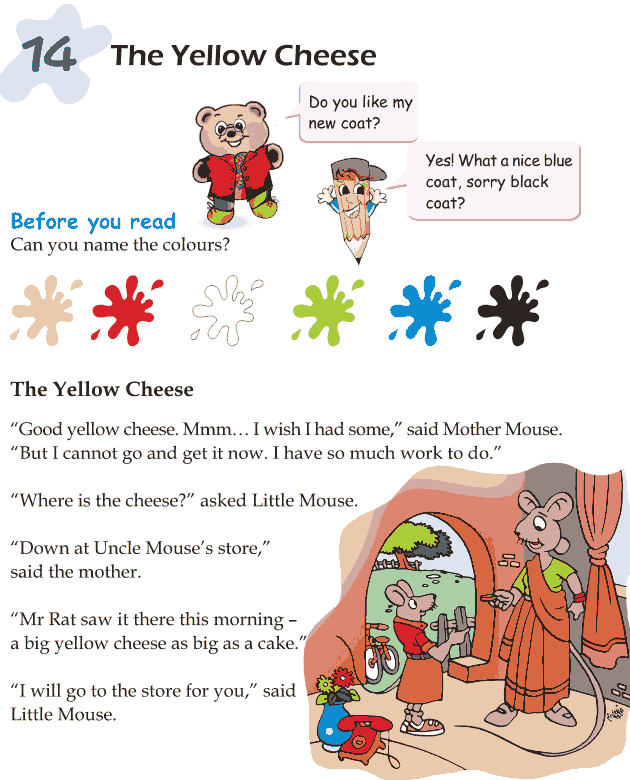 On her journey, the marmabill meets gentle wugs and a helpful tankadiggy, but she also encounters less friendly creatures, like nasty key-keys and cranky fluthers. Follow her through the forest, from the wugs' warm kitchen to the fluthers' dangerous glowing cave. Will the earnest marmabill ever find a place to call home, or will she stumble upon something even more special than a simple nest?
On her journey, the marmabill meets gentle wugs and a helpful tankadiggy, but she also encounters less friendly creatures, like nasty key-keys and cranky fluthers. Follow her through the forest, from the wugs' warm kitchen to the fluthers' dangerous glowing cave. Will the earnest marmabill ever find a place to call home, or will she stumble upon something even more special than a simple nest?
Tiffany Turrill's brilliant, vivid illustrations bring magic to Daniel Errico's charming tale of a diligent marmabill searching for a place to call her own. Both kids and adults with love Errico's silly nonsense rhymes—a great book for parents and children to read together! Join the marmabill's adventure through the rainy forest and meet all sorts of wacky creatures along the way!
The following link is to Amazon.com, and not meant for children or persons under the age of 18.
The Journey of the Marmabill
By Daniel Errico
Buy on Amazon
Children read - Samedi soir sur la Terre — LiveJournal
Andrey hardly has time to read during school hours, so since it became light in the mornings (and even sometimes sunny, because the east side), he wakes up before my alarm clock and reads until I call him for breakfast.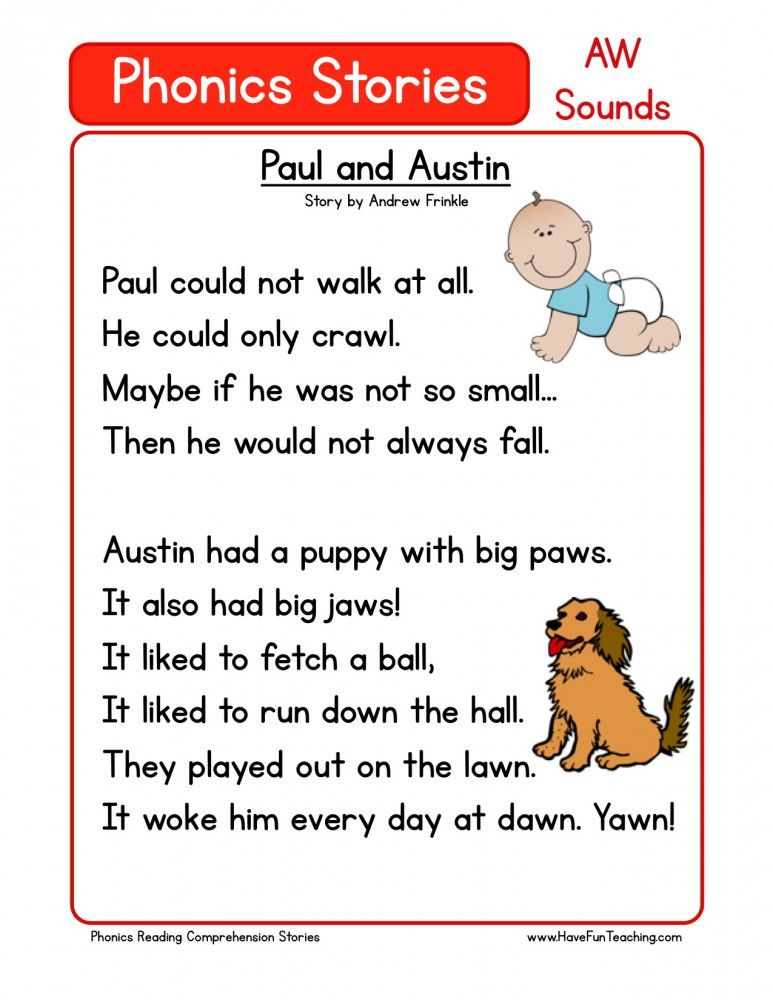 What could be more beautiful?
What could be more beautiful?
I will show you the books that I have chosen for him to read over the past six months. Why did I choose and not him? Because as long as I can afford it. As far as possible, I take into account his interests (I buy something from those who are interested in the store) and at the same time choose the proven "correct" books, and he will read the rest without me.
We took up Vladislav Krapivin, finding out along the way that I myself only read a couple of his books as a child. And there were a lot of them, I chose according to reviews. I started with "Kashka's Squire". A book about an insecure boy, about friendship and a pioneer camp. Then there were "Flying Tales", "Orion's Flight", "Shot from the Monitor", "Three from the Carronade Square". Now she is finishing The Boy with the Sword. Three serial editions are Meshcheryakov's ID. The font, alas, is not large, but normal, the paper is good, there are occasionally illustrations, beautiful and serious (the artists are different).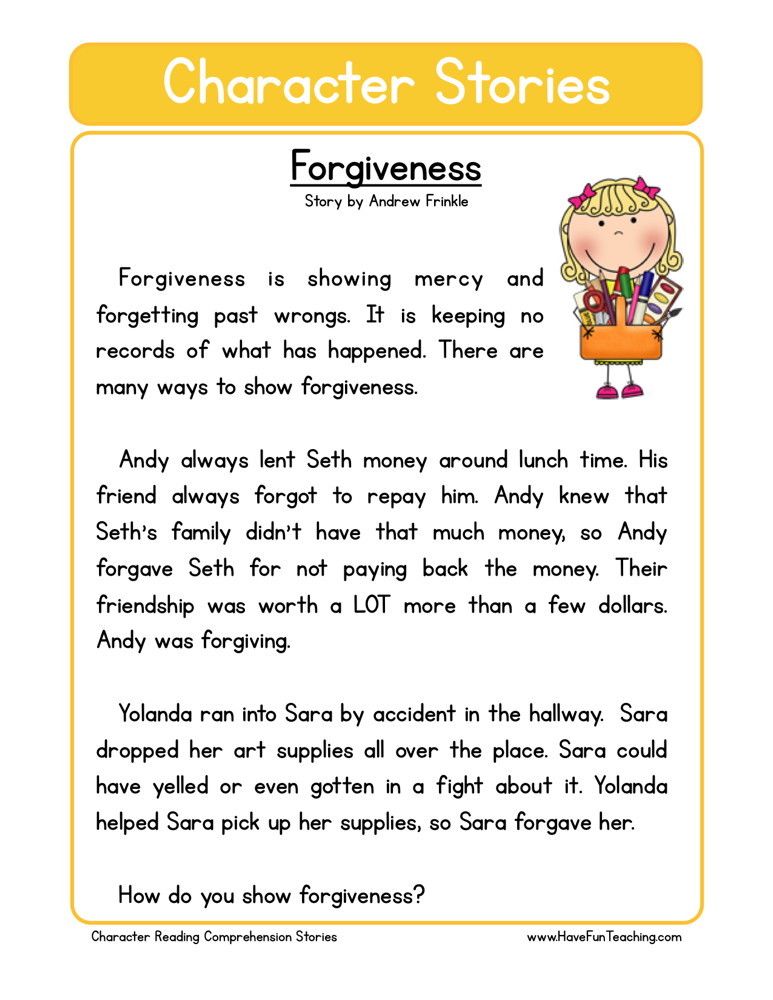
Anatoly Aleksin is one of my favorite and well-remembered authors from childhood. Admittedly, I had never read these stories before. I like the printing in this edition, the font and the whiteness of the paper. And I think it’s good to start acquaintance with the author with her.
Liya Geraskina "In the Land of Unlearned Lessons" - a fabulous adventure horror story in the spirit of "Ali and Klyaksich". Good for first graders.
"Petronella" was not very impressed, so far I decided not to take the sequel. Now the reader is in vogue with boyish stories, but the book is wonderful, I think I will be reading it to Seryozha soon.
The military theme does not let Andryukha go, so he was extremely happy with his grandmother's gift "100 stories about the war", and did not calm down until he had read all the stories, and sometimes takes to re-read them. All the stories in this book are optimistic, so it is easy enough to read for children aged 5-6.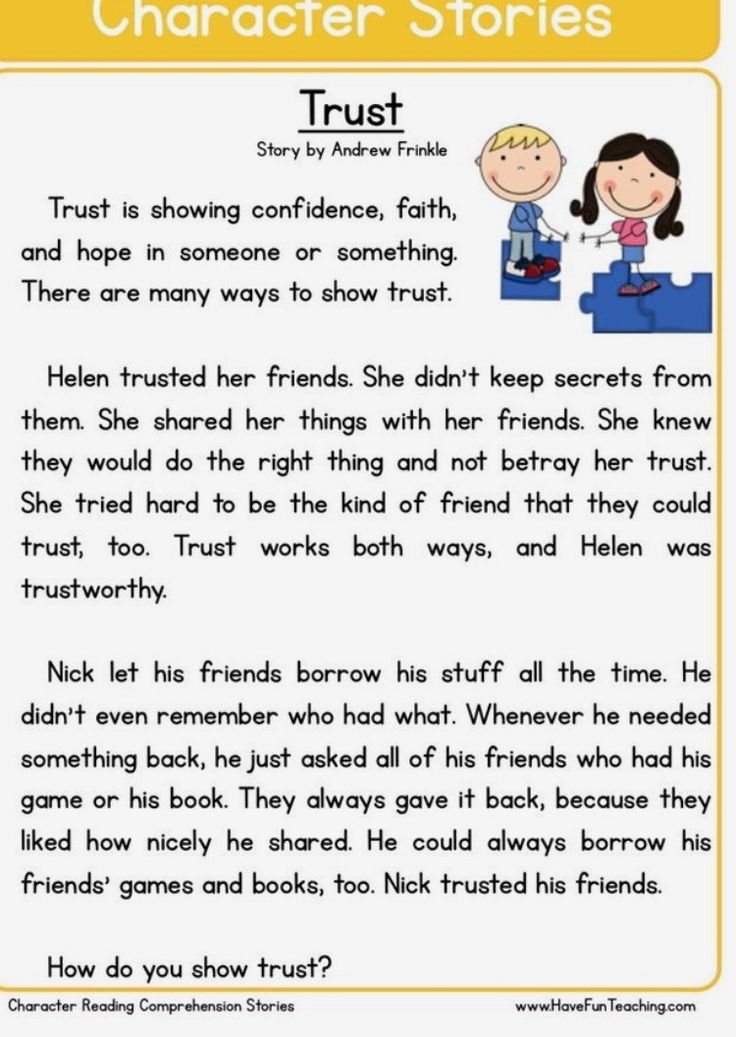 Unlike the second collection, where there are stories with a tragic end, which I myself cannot finish reading without tears.
Unlike the second collection, where there are stories with a tragic end, which I myself cannot finish reading without tears.
Tanks and self-propelled guns - read without stopping. He said that he liked it when they mention all sorts of episodes of battles, where what equipment played a role.
The Brothers of the Lionheart was my favorite book when I was 10-12 years old. Andrey was not very imbued with it and far from understood everything, and I hope to re-read it again. We have a beautiful edition of Machaon on coated paper, a large book and font, and many illustrations. Lindgren's stories about various difficult situations in the lives of children have long been in the same series. Previously, Andrei refused it, but recently he became interested and read it.
The continuation of the hilarious stories from the life of the Finnish girl Ella did not disappoint, Andrey says that they are funny, like the first one, over which we just sobbed together.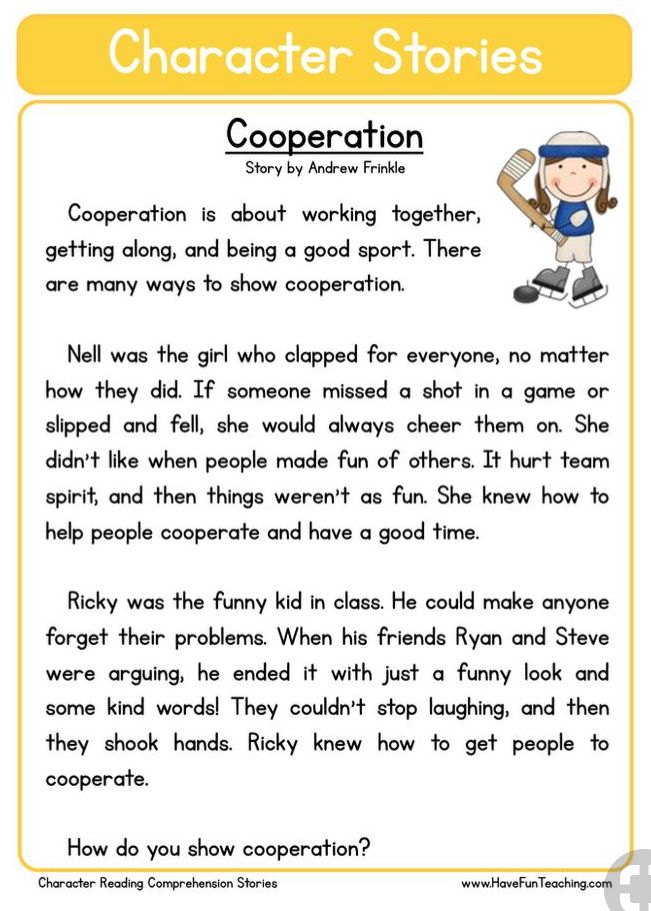 Highly recommended for beginners to read. The font is not huge, but comfortable, the paper is snow-white.
Highly recommended for beginners to read. The font is not huge, but comfortable, the paper is snow-white.
"A Dog Called Storm" by Holly Webb - one of those books that Andrey asked to buy when he saw it in the store, and I agreed. The greatest value of all Holly Webb's work is the large print of her publications (well, kindness and love, of course). But they are read instantly, it's good that they are at affordable prices and at the same time on decent paper. "Ghost" really liked it, followed by our wonderful old cartoon based on.
Heading " joint reading "I will bring books that both children read (together or separately). Interests began to converge a little, because Serezha has grown to many large books. There is spontaneous joint reading when Serezha and I start something, Andryukha is interested, he he also listens, then finishes reading himself (because, in his opinion, I read slowly. Or vice versa, he read it himself and listens again in my performance.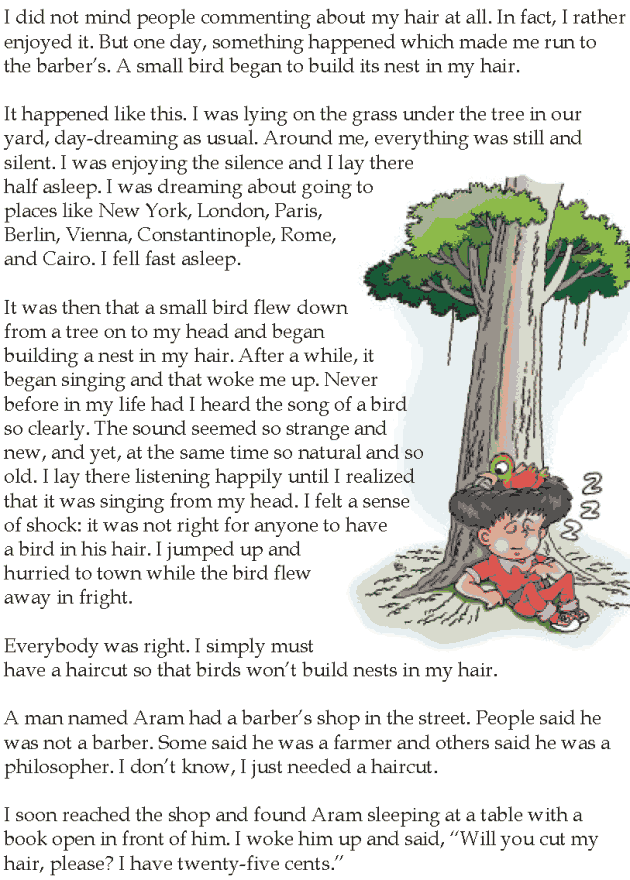 Now Andryusha has such a period that he likes me to read to him sometimes, and I I read with pleasure, although there is not enough time for it.0003
Now Andryusha has such a period that he likes me to read to him sometimes, and I I read with pleasure, although there is not enough time for it.0003
I came across fairy tales of the indigenous peoples of America, and decided to take us, although I am not fond of folk tales (boring, because they all seem to be similar). These turned out to be very interesting. Andrey read with pleasure himself, and Seryozha likes to listen to them, although there are almost no pictures. Stories about brave and strong warriors, about love, natural phenomena and formidable gods. Separately, the tales of the Indians of South and North America.
In connection with the Indians, I will show you one unusual book. It is produced by the non-profit organization SEED (Schlumberger Excellence in Educational Development), which in turn is organized by my former employer Schlumberger. About how everything is interconnected and balanced in our world - food chains, a chain reaction (cascade), greed vs moderation in consumption, the benefits of joint efforts, etc.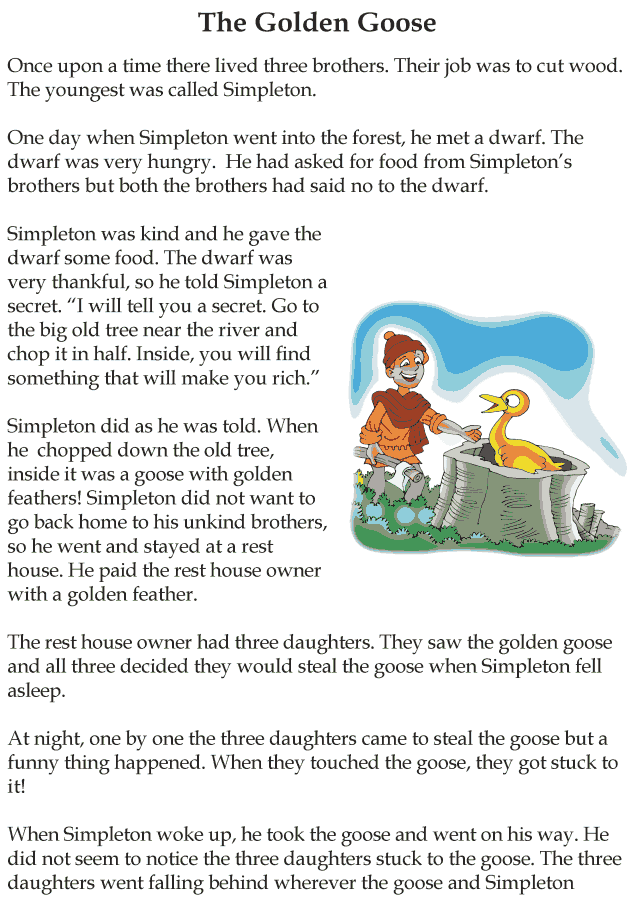 on the example of the legends of the peoples of the world. And such beautiful metaphors are given here that it is a pleasure to read.
on the example of the legends of the peoples of the world. And such beautiful metaphors are given here that it is a pleasure to read.
Sometime towards the end of winter, she gave the children a huge collection of essays about Santa Claus and snowmen. We listened to the audio version many times, it's just an excellent audio performance, and then I found out that there are three more stories illustrated "based on" V. Chizhikov. And we all really wanted to see the snowmen. Therefore, we read with great interest all three new parts, and then the already well-known first two. I think that this is one of the best works of A. Usachev, although I also love many others (smart Dog Sonya, for example, I adore geographical poems).
And another beautiful book (which is New Year's only in name) about Winnie the witch. I was not going to buy about it in Russian, but it happened, two of the five here are new stories for us.
"Alices" in our house replace one another.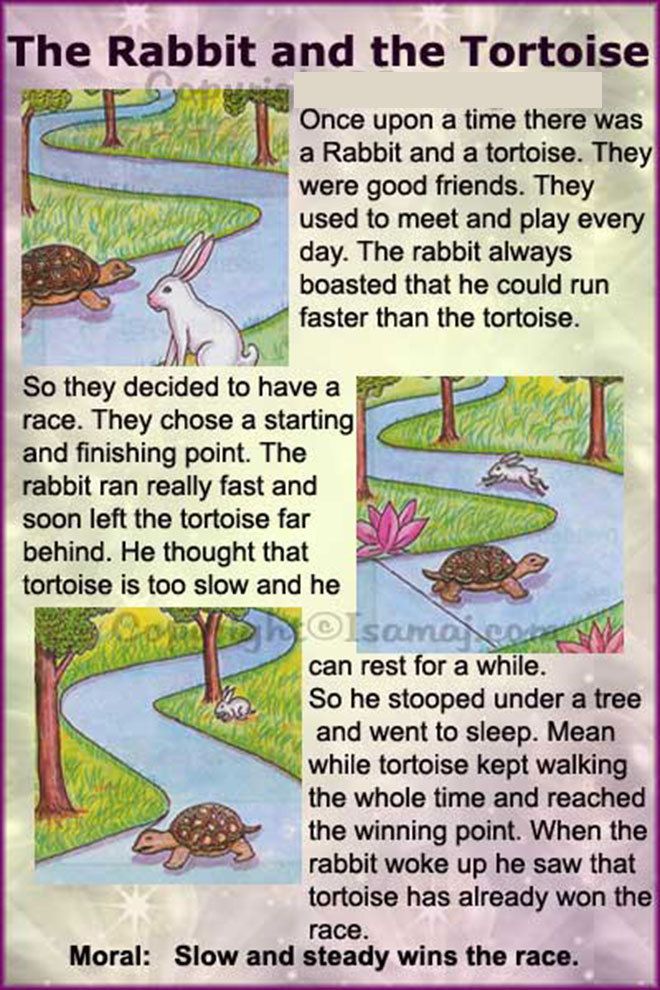 There was a cheerful "Chizhikovskaya" at 3-4 years old, with 3D panoramas, and adapted by Carroll himself for kids, and another one with romantic illustrations by E. Chistotina. We leafed through and read them a little, then gave them to someone, and Andryukha doesn’t remember them at all. It's time for a new Alice, finally (or not finally) her own. So far I have settled on illustrations by Peter Weavers, where I liked Alice herself, such a cozy ruddy blonde. Although, as correctly written in the reviews, the clarity in the pictures is not enough.
There was a cheerful "Chizhikovskaya" at 3-4 years old, with 3D panoramas, and adapted by Carroll himself for kids, and another one with romantic illustrations by E. Chistotina. We leafed through and read them a little, then gave them to someone, and Andryukha doesn’t remember them at all. It's time for a new Alice, finally (or not finally) her own. So far I have settled on illustrations by Peter Weavers, where I liked Alice herself, such a cozy ruddy blonde. Although, as correctly written in the reviews, the clarity in the pictures is not enough.
We also read Seton-Thompson both together and separately. Some stories are too heartbreaking, and some have happy endings, but are still strong enough for sensitive children. Mine like this very much.
I smoothly move on to Serezha's reading, which seems to be a lot, but it could be many times more, because he is a very grateful listener. I have already shown Darrell, Seryozha has also grown up now. As fans of both Darrell and dinosaurs, we love this book.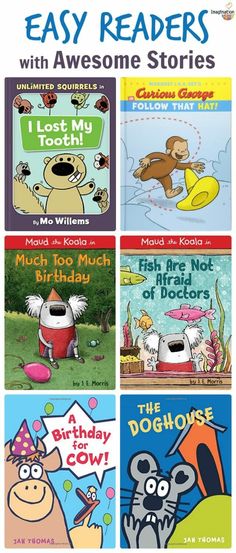 The "scientific" part of this fantasy is quite consistent with the information we have previously studied.
The "scientific" part of this fantasy is quite consistent with the information we have previously studied.
Seryozha listens with the same enthusiasm to Marshak and Barto and elementary school stories. I can only choose what my soul is at the moment. Sofia Prokofieva is a wonderful classic, Alena Kashura, on the contrary, is a modern writer, she made good stories from the life of things.
Mouse Mouse tells about his adventures like Robinson Crusoe, Seryozhka is delighted with this book. And you can see what an honorable place the work of Vadim Chelak (Unknown with a tail, Casket Stories, and he illustrated this book) occupies in our house.
A new poem by Julia Donaldson. Not a very impressive text, I plan to find an English version and read it, the story is good, but quite simple for us already.
About animals, I have a fad to read to children as long as possible from what is good on the book market.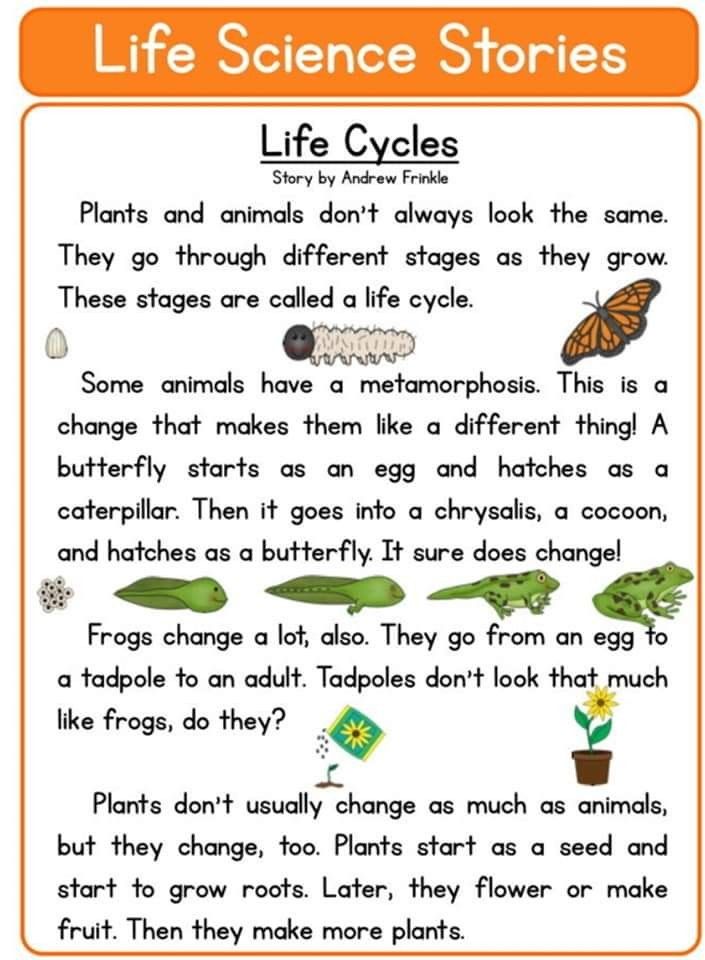 This series of "Avanta" is absolutely wonderful.
This series of "Avanta" is absolutely wonderful.
Seryozha and I saw a wonderful fish-whale in the Russian Museum, and I decided to try to master the "Humpbacked Horse". Complicated book. A sea of incomprehensible words, from which you stumble, because I would like to explain at least some of them. However, you must read. The style is excellent, "Rus smells" from the book, and these illustrations seemed to me the most successful. There are many of them, so the book is very large.
I will finish with the eternal Moomins. I have no doubt that they will always live in our family. We listen to Tove Jansson herself every six months in an audio version (they are great at dinner for good digestion), and sometimes we read short stories based on the original ones.
And the audiobooks I liked most (since January):
A. Lindgred "Pippi Longstocking"
Preusler "Little Waterman"
Preusler "Little Baba Yaga"
M. Twain "The Prince and the Pauper"
Twain "The Prince and the Pauper"
Gianni Rodari "The Adventures of the Blue Arrow"
Francis Burnett "Little Lord Fauntleroy" and "The Little Princess"
M. Prishvin "The Pantry of the Sun" (novel)
Leonardo da Vinci "Tales, Legends, Parables"
O'Henry's many stories
Jerome K. Jerome "Three men in a boat, not counting the dog"
How to make children read easily and with pleasure
Do you feel happy when you meet a child who reads? I am happy and surprised. There are fewer child readers today than child viewers.
Most often, readers grow up in reading families. Writer Dmitry Yemets writes:
in order to fall in love with reading, you need to collect 800 hours of "reader's flight": 500 hours of reading aloud in the voices of loving adults and 300 hours of independent reading.
We can't read with our children 24/7 in pre-school courses. But over ten years of work on the methodology of Tamara Lombina, we have found ways that help the child read easily and with pleasure.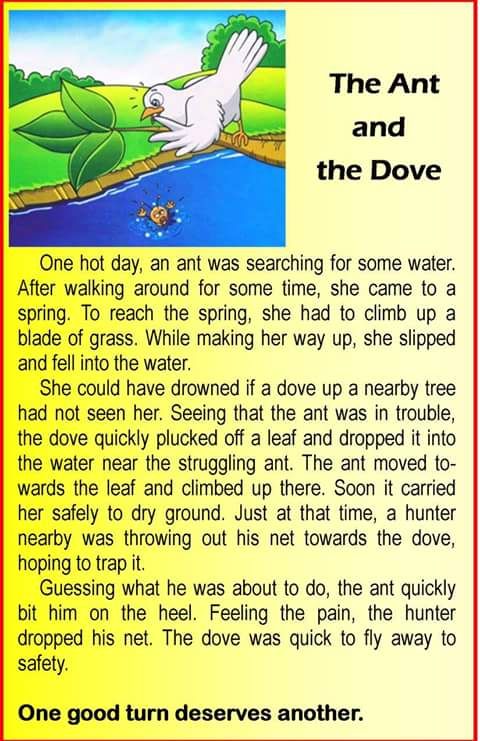
Today I will talk about five principles that help us "calculate" preschoolers. They work no matter what method you use to teach reading.
Principle 1. Expand vocabulary.
The richer the vocabulary, the easier children learn to read.
Researchers from the HSE Institute of Education found that children with a large vocabulary read better than their peers with a small one. In the article “What Helps and What Hinders Children’s Reading Progress,” they present the results of a survey of 2,741 first-graders conducted in 2017. It turned out that the size of the vocabulary affects how a child reads not only when entering school, but also during study in primary school.
As practice shows, parents cannot always assess a child's vocabulary. They believe that if a child speaks a lot, then he speaks well. Although children 5-6 years old often cannot cope with simple speech exercises: compose a coherent story from pictures and highlight the main thing.
How do we expand vocabulary in the classroom?
We read the texts and retell them together.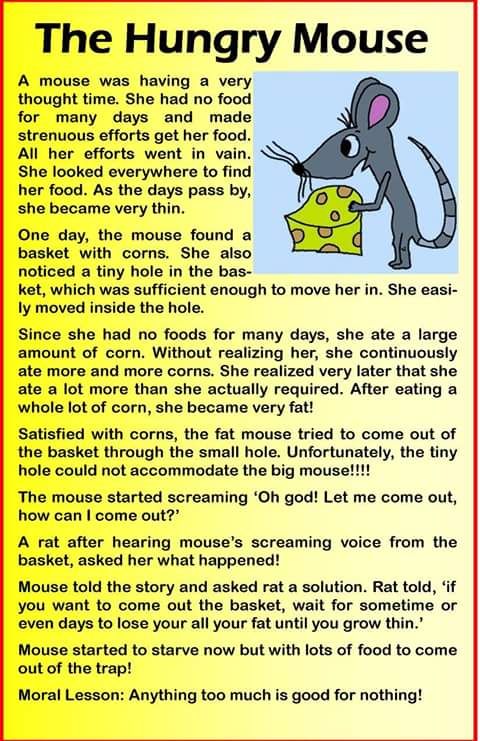
The teacher reads fairy tales or stories, and the children take turns retelling: each 2-3 sentences. It turns out collective work, everyone feels confident. If the retelling goes badly, you can ask leading questions and use picture clues.
We play games with words, for example:
- Game “Create a word” from the experience of TRIZ-pedagogy helps to translate words from passive to active vocabulary. You can come up with different words using the prefixes "not-", "under-", "super-", "semi-" and others. As a result, unexpected characters are obtained, for example, "minicot" or "supermouse", and then you can come up with a story about them.
- Good-bad game . We are looking for good and bad in the same object or phenomenon. For example, - It is good to be small, as they are fed with cakes. - When they feed you with cakes, it's bad, because you don't want to eat apples from a tree.
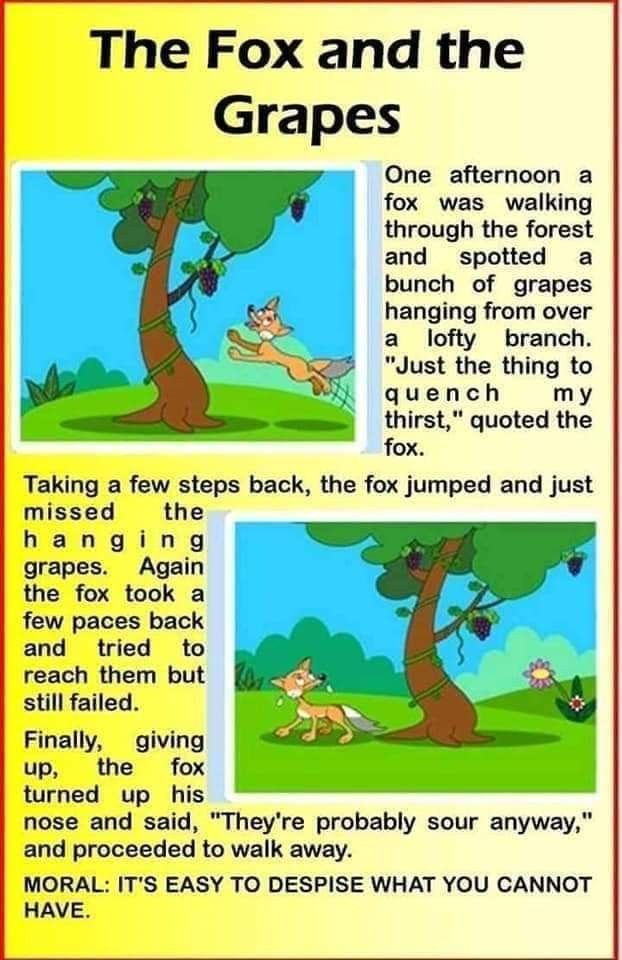 And so on.
And so on.
Principle 2. Learning to read without theory. We use games that are intuitive
The less theory, the more interest.
Our great-grandparents learned to read from the Holy Scriptures. No one explained to them the rules for merging sounds, did not practice syllables, and did not introduce them to hard and soft consonants. Children sat next to adults and watched the adult move his finger under the written text. And the words slowly began to make sense.
I taught myself to read in this way. My parents and I read our favorite book about Dr. Aibolit many times, and at some point the words formed into an understandable puzzle.
Working with whole words can still be useful. The child - not yet knowing a single letter - already "as if" reads with the help of "Stories in Pictures" and the game "Object-Word".
Can you imagine how great it is, he came to the first class and is already reading. He succeeds. And this reading is not just a game.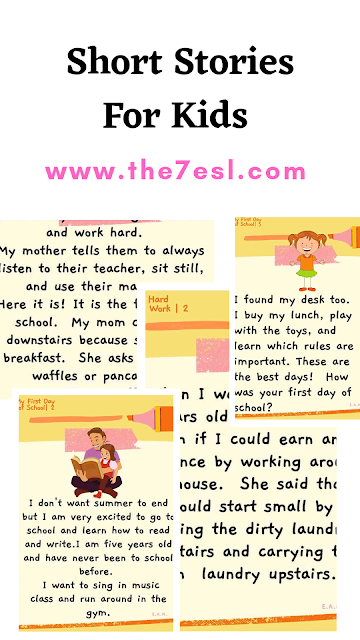 There is an important process of memorizing words in their correct spelling. In elementary school, those who studied in "Chitayka" write "hedgehog" instead of the popular "yozhik" today.
There is an important process of memorizing words in their correct spelling. In elementary school, those who studied in "Chitayka" write "hedgehog" instead of the popular "yozhik" today.
How do we teach to read without theory?
Reading “Stories in Pictures” by Tamara Lombina .
Picture stories are made in the form of a diagram, where all nouns are drawn. The story is divided into sentences, and the sentences into words. First, the adult reads the story, then the children all together, and then each one independently.
We play the "Item-Word".
The cards have objects drawn on them and the words for them are printed in large size. Each card comes with a small toy item. We use didactic cards from the "Little Genius" series. We buy toys in thematic sets, such as "Wild Animals". The teacher reads the words, and the child places the objects on the appropriate cards. Over time, objects can be removed, leaving only words and picture cards.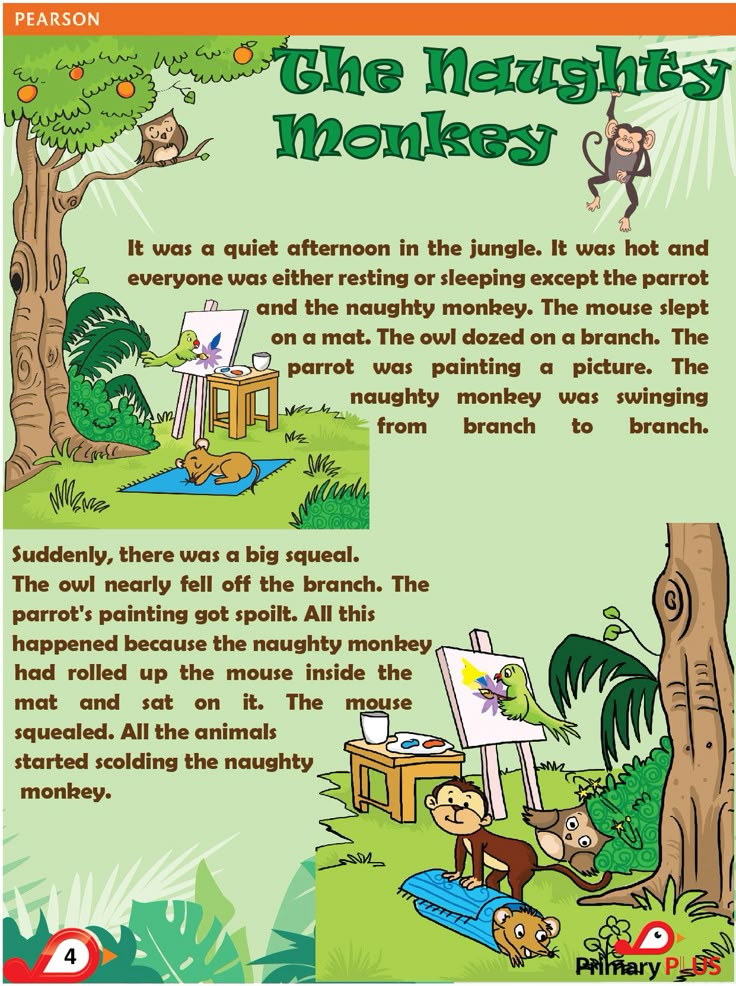
Use the "fairy alphabet" .
Images of letters should evoke an emotional response and be remembered involuntarily.
Learning to read in free movement.
For example, we collect words by walking over swampy hummocks on which syllables are drawn. Finding the right words and trying to keep the balance.
Principle 3. We look for meaning in the texts we read.
Ask questions, discuss and address the child's experience.
Psychologist L. Yasyukova conducted an experiment in an elementary school where children read several sentences about a partridge. In the picture next to the text, a small dog was drawn. Interestingly, many children with excellent reading technique answered that the text was about a dog.
Such a fluent, but empty "deciphering" of letters leads to the fact that the child does not experience the joy of reading. He just doesn't know what he was reading about.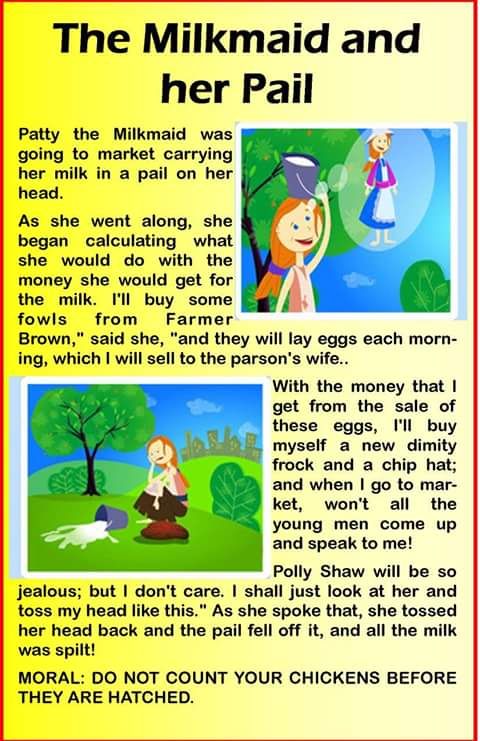
There is a Sufi parable where a teacher, giving instructions to a student, asked him:
- Do you understand?
“Understood,” the student replied.
— You told a lie, because understanding would be evidenced by the joy of understanding, which would be reflected on your face.
How do we look for meaning in texts so that the joy of understanding arises?
We read fables, stories, poems, fairy tales and discuss them.
For example, Leo Tolstoy's fable "The Monkey and the Pea":
The monkey was carrying two full handfuls of peas. One pea jumped out; the monkey wanted to pick it up and spilled twenty peas. She rushed to pick it up and spilled everything. Then she got angry, scattered all the peas and ran away.
Questions for this fable might be:
- What can you say about this monkey? What is she?
- How was she punished for being greedy?
- How do you feel when things don't work out for you?
- What should you do when things don't work out for you?
- Why is there such a proverb: "If you hurry, you will make people laugh"?
We start with simple stories and then work with more complex ones.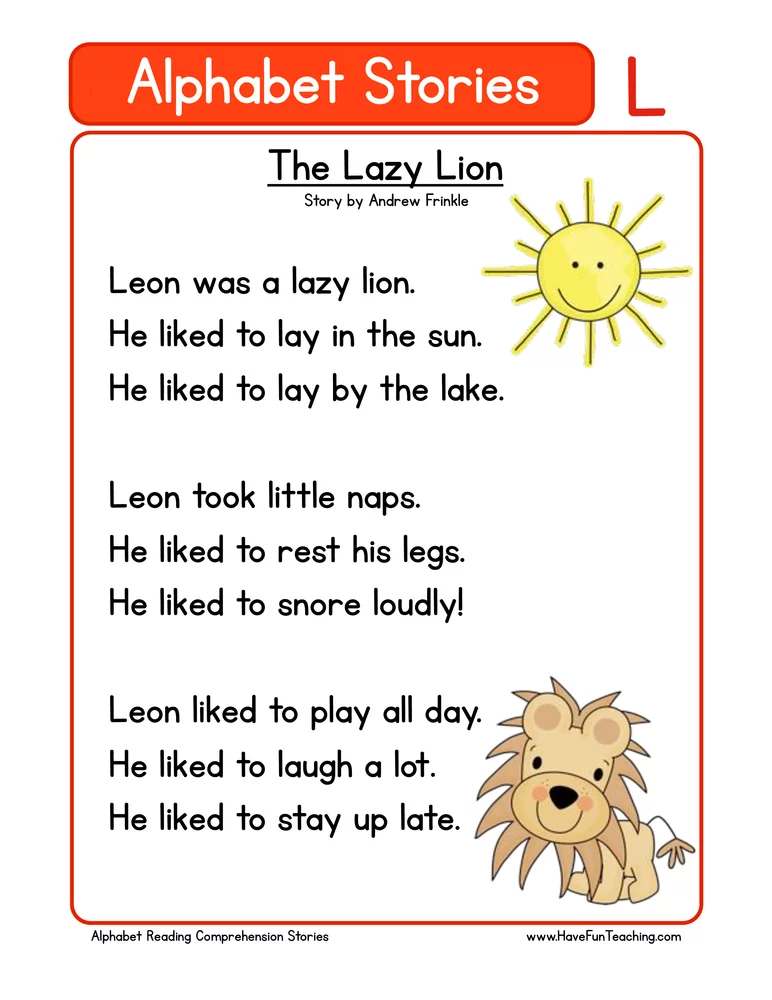 For the sake of interest, try to re-read the fable “The Lion and the Dog” by L. Tolstoy yourself and understand what its meaning is.
For the sake of interest, try to re-read the fable “The Lion and the Dog” by L. Tolstoy yourself and understand what its meaning is.
Principle 4. Do not give home reading assignments.
We respect the right of a preschooler not to read if they don't want to.
The best manifesto of reader's rights can be found in Daniel Pennack's essay "Like a Novel", where he writes about "the right not to read", "the right to skip", "the right to read anywhere" and others.
The trouble of today's preschoolers is homework, when a certain amount of text must be subtracted per day. Moreover, children often have to read aloud, which is much more difficult than reading silently.
In pre-revolutionary gymnasiums, the whole class read aloud at the same time in order to relieve tension and fear of mistakes. Teacher Tatyana Babushkina with the same goal - to remove unnecessary stress while reading - handed out an umbrella to each child, under which he read in solitude.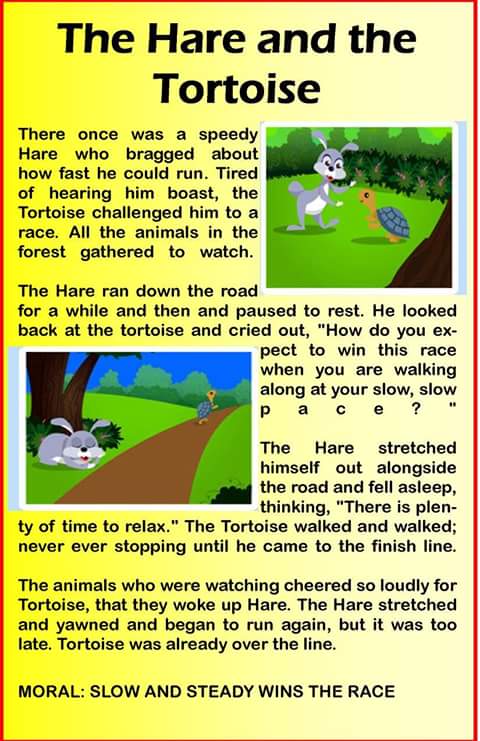
How to do homework in reading so that the child does not guess what it is?
Buy the set "Letters for you. I'll teach you to read" Sergei Fedin.
These are letters on behalf of the gnome Gosha in small envelopes with real stamps, which the child receives under the pillow or in the mailbox. There are 4 difficulty levels. The main thing is to keep secrecy. My son, a first-grader, is still convinced that letters are magical.
If the child is ready to read and wants to read on his own, you can buy light books to read.
They have a lot of pictures and little text. We use books from the "Calculation" series of the MIF publishing house. For example, “Toy Stories” by Zhenya Katz, “Tales for One Bite” by Yulia Kuznetsova. Still good for the first reading of the story "Pip and His Friends" ("Pink Giraffe") by Yulia Lugovskaya.
Principle 5. We do not refuse paper texts in favor of the screen.
Research shows that children understand and remember text better on paper.
Scientists at the Brain Research Center at the University of Haifa in Israel conducted a survey of fifth and sixth graders in 2018. The children had to take a text comprehension test. At the same time, students could choose whether to pass it on the screen or on paper.
No wonder the majority chose to pass on the screen. But the text was understood better than the one that was read on paper. Similar results have been obtained by other researchers for students. They understood and memorized paper texts better.
Of course, the new "digital" literacy and the ability to understand text from the screen are also important. But still, in working with preschoolers, we prefer to read texts on paper. And it's not just about understanding.
Pleasure begins with tactile contact with the book, with the aroma of the pages and anticipation: “What pictures will there be on the next page?”
What tricks do you use to get kids to love reading? Please share your experience in the comments.